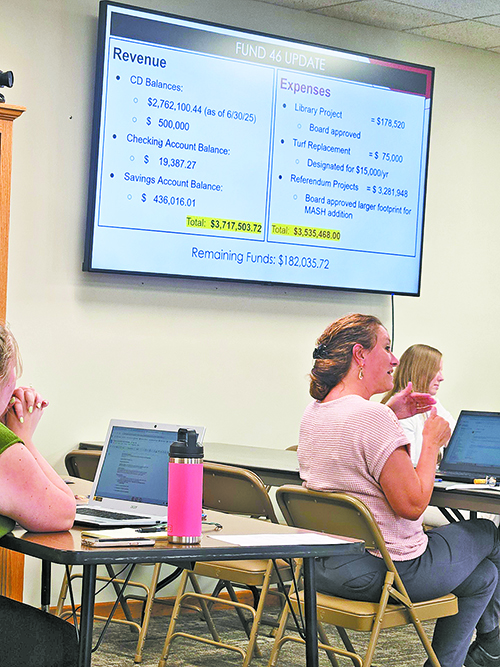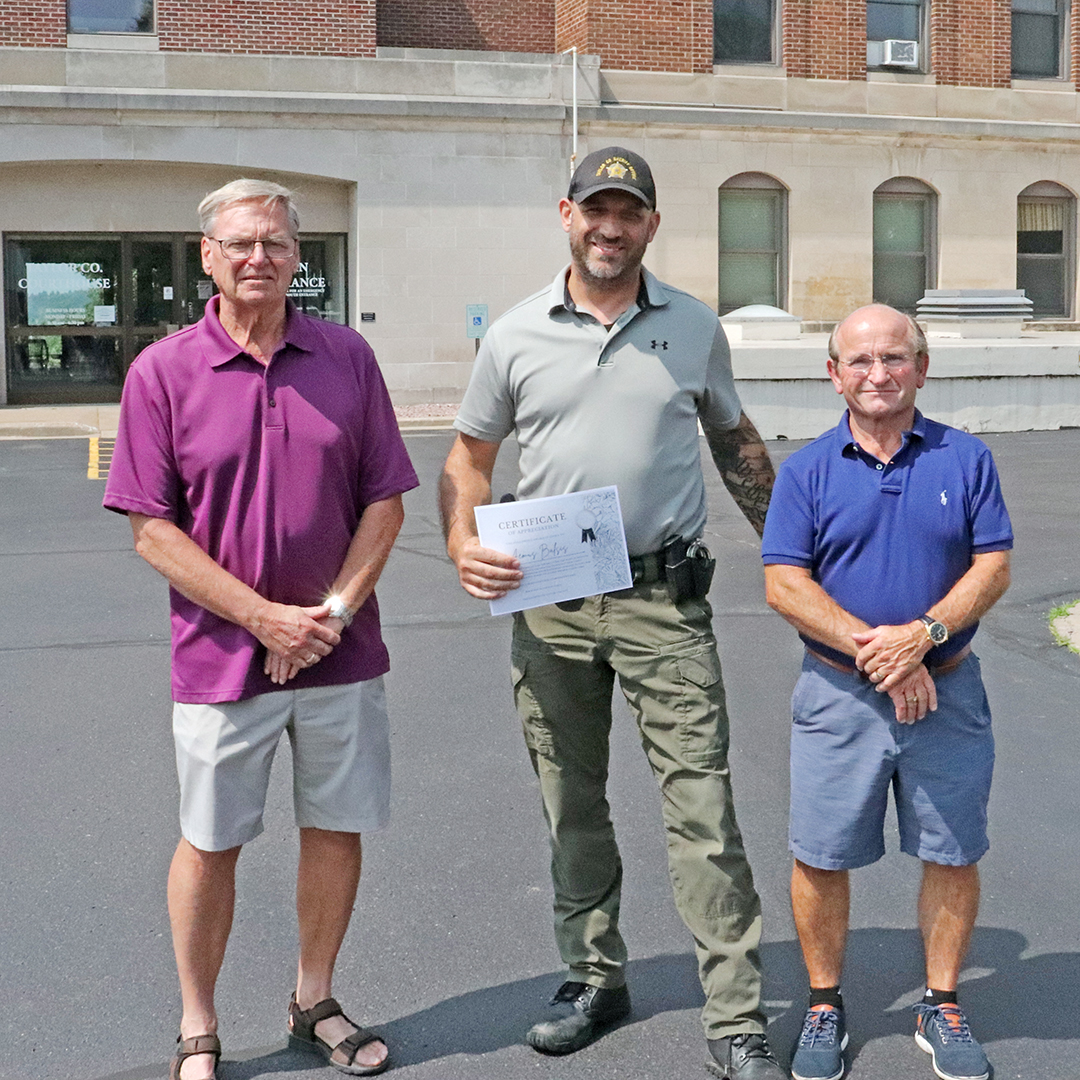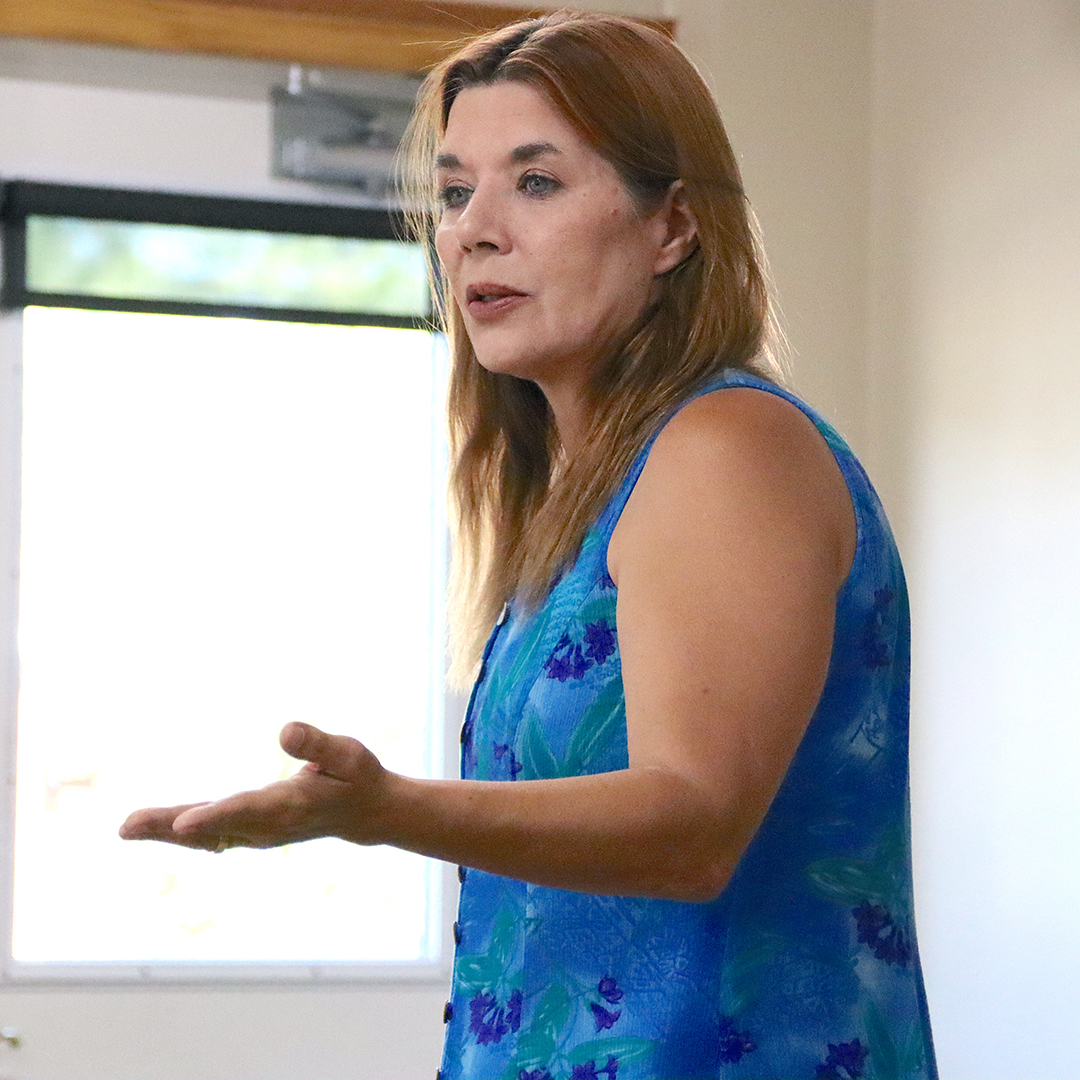Science department news
News from Joe Treffinger's classes
Sixth grade science
We are learning about energy and matter. Our first lesson, which we just finished, was about particles in motion where we learned how particles move, and discussed movement and collision that particles demonstrate, kinetic energy, and thermodynamics. We also learned how energy affects volume through thermal expansion and contraction. We are now applying all of that to our new lesson on the states of matter.
Eighth grade science
We are studying the unit Forces and Motion. We just finished our lesson on position and motion, where we learned about describing position through reference direction. We learned about observing motion and describing motion through reference points. This led us to learn about distance and displacement, what you measure to determine motion changes over time, constant and changing time, average speed and velocity. We worked on vector and distance-time graphs. This will lead to our next chapters on force and acceleration.
Integrated science
We are studying the fundamentals of physics. We finished our lesson on Newton's laws of motion and will be using that knowledge to go more in depth with friction, gravity, and momentum.
Chemistry
We are learning about the development of the modern periodic table. We are discussing who contributed to the classifications of the elements and how they are organized by electron configuration. We are identifying the periodic trends of atomic radius, ionic radius, ionization energy and electron negativity to explain how the trends occur within a period or group.
News from Logan Fulwiler's classes
Chemistry
In chemistry, we are talking about the types of bonds elements form. We are focusing on ionic and covalent bonds. We learned that ionic bonds are stronger than covalent because ionic strips electrons from another atom, while covalent share valence electrons. We are starting to dive into why bonds are significant and how the angles between terminal atoms to the central atom will give compounds their unique properties. We will soon be learning about electronegativity and polarity of molecules as well! Afterthat, we are going to further our understanding of what chemical reactions are, learn how to convert units using the mole and Avogadro's number, and finally, learn what limiting reactants are and how to determine percentage yields!
Biology
In biology we are learning about how organisms obtain energy. We learned it all starts with the sun. Producers such as plants and algae harness the light energy from the sun and converts it into usable forms of energy like glucose. We then eat either the plant directly, or another animal that ate that plant to get energy ourselves. So not only do we need plants for oxygen, but we need them to obtain energy as well! We are going to continue with our learning of photosynthesis and see how it relates to cellular respiration and how life is one big cycle between heterotrophs (organisms that cannot produce their own energy) and autotrophs (organisms that produce their own energy). Once we are done with that, we are moving onto cellular reproduction and gaining an understanding of how the cell divides itself and makes new cells. Then we are going to end the year learning about genetics and what makes us unique!
Advanced chemistry
In advanced chemistry, we started with reaction rates and learned the factors that affect them along with the laws. We then moved to chemical equilibrium and learned that almost all reactions will only proceed to a certain point where the products balance the reactants. Then we learned about Le Chatelier's principle and how we can tip reactions one way or another to yield more products or reactants! It was wild! Then from there, we really did not reinvent the wheel when it came to acids and bases. Since we already knew about K constant expressions, it was easy for us to use formulas to calculate the hydrogen ion concentration in solutions to find the pH of them. We are going to move on to redox reactions after that, then do some electrochemistry, and to wrap up the year, I hope we can get to the point of nuclear chemistry so we can learn about new ways to get clean energy.
Seventh grade science
In seventh grade we started out really fast learning about the super continent of Pangaea and the continental drift theory proposed by Alfred Wegener. The kids learned this material well due to being exposed to it earlier in
See Science news, page 21



